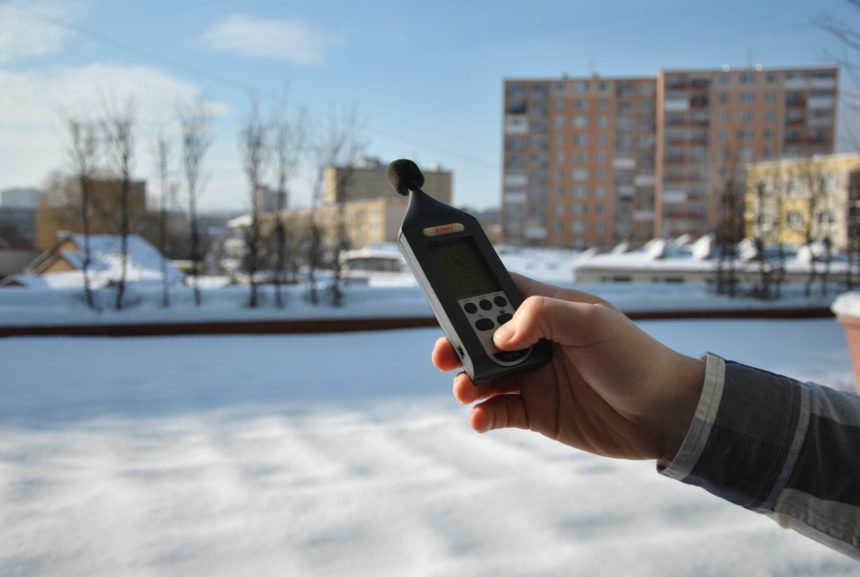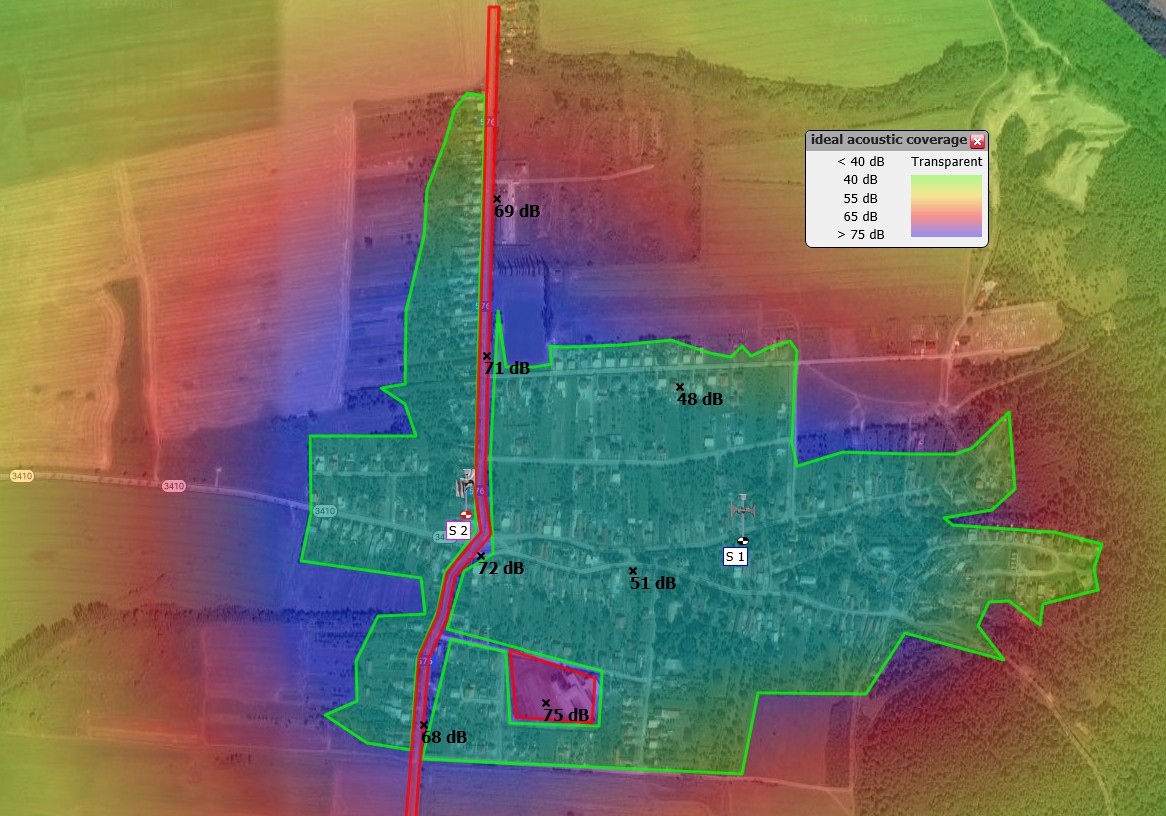
5 tips How to Measure Background Noise
Noise is a combination of oscillations of various sound levels, which are irregular, loud, discordant, and undesirable. Background noise is a form of noise pollution or interference and it is an important concept to be taken into account in creating an acoustic project and ensuring warning signal audibility.
We would like to introduce 5 ground rules governing the measurement of background noise:
1. Where to measure noise?
Measurement points need to be specified along individual roads/motorways, where traffic appears to be the main source of background noise. It is additionally recommended to measure noise in a distance of 7.5 metres from the verge of the road. At crossroads, measurement points are to be determined so that vehicles do not pass them in a distance smaller than 7.5 metres. If impossible, measurements should be interrupted during any passage of vehicles. Materials that occur around these measurement points should be considered as well. Measurement points should be situated in a minimum distance of 3.5 metres from all sound-reflecting surfaces.
2. How to measure noise?
Out of a wide range of sound level meters, it is necessary to choose a reliable, calibrated meter. While measuring background noise levels hold out the SLM at arm’s length at a height between 1.2 and 1.5 m above ground, to your side, with the microphone pointed towards the source of noise in order to minimize sound reflecting off your body, and obtain the most accurate data.
3. When to measure noise?
Measurements should be carried out on weekdays in normal weather conditions.
4. How long to measure noise?
The result of sound level measurement should be an average value for a usual period of 2-3 minutes. It is possible to take measurements repeatedly; however, the measurement period should not last longer than 30 minutes.
5. What to exclude?
Short-term and uncommon sources of background noise, which are not typical of a specific environment (such as lorry passages, aircraft flights, etc.) and could affect the result, should be excluded from measurement.
Finally, after the completion of measurements, note down the sound levels measured and create your own acoustic project using the Acusticus Professional software.

The article was written by
Petra Rychtarcikova
Petra is an international business manager in charge of Spanish, French and Portuguese-speaking countries. Petra, with her global, economic and logistic background and knowledge of four languages, does very productive and responsible work for Telegrafia. Latin-American affairs, travelling, tourism and electronic sirens are her hobbies, and she is pleased to bring you exciting information from the Telegrafia world.


